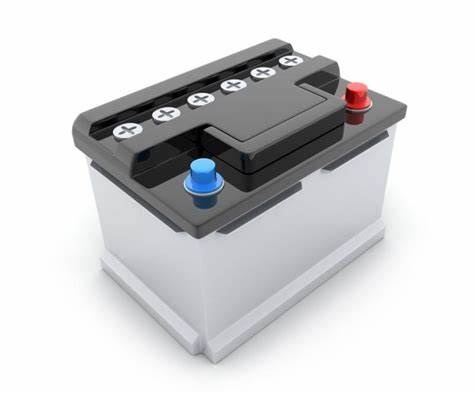Routine maintenance of lead-acid batteries is essential to ensure their optimal performance and longevity. Lead-acid batteries are commonly used in vehicles, uninterruptible power supply (UPS) systems, and various other applications.
- Safety First:
- Always wear appropriate personal protective equipment (PPE) such as gloves and safety glasses when handling batteries.
- Work in a well-ventilated area to avoid inhaling harmful gases released during charging.
- Regular Inspections:
- Conduct visual inspections regularly to check for any signs of damage, leaks, or corrosion on the battery terminals and casing.
- Ensure that the battery is securely mounted in its designated place.
- Checking Electrolyte Levels:
- For flooded lead-acid batteries, check the electrolyte levels regularly, typically every 2-4 weeks.
- Add distilled water if the electrolyte levels are low. Do not overfill; maintain the levels between the minimum and maximum marks.
- Cleaning Terminals:
- Clean the battery terminals and cable connections to prevent corrosion.
- Use a mixture of baking soda and water to clean off corrosion. Disconnect the battery before cleaning and reconnect it after cleaning is complete.
- Charging:
- Charge the battery before it drops below 80% of its capacity. Avoid deep discharges, as they can reduce the battery’s lifespan.
- Use a suitable charger with the correct voltage and current ratings.
- Temperature Considerations:
- Lead-acid batteries perform best within a specific temperature range. Avoid extreme temperatures when possible.
- In cold climates, ensure that the battery is adequately charged to prevent freezing.
- Equalization Charging:
- Periodically perform an equalization charge to balance the cell voltages and remove sulfate deposits on the battery plates. Follow the manufacturer’s recommendations for equalization charging.
- Hydrometer Test:
- For flooded lead-acid batteries, use a hydrometer to measure the specific gravity of the electrolyte. This can provide insights into the state of charge and the overall health of the battery.
- Battery Load Test:
- Conduct periodic load tests to assess the battery’s capacity and performance. This helps identify potential issues before they become critical.
- Follow Manufacturer Guidelines:
- Always refer to the manufacturer’s guidelines and recommendations for specific maintenance procedures and intervals.
Remember that proper maintenance practices can significantly extend the life of lead-acid batteries and contribute to reliable performance over time. Always exercise caution and follow safety guidelines when working with batteries.


